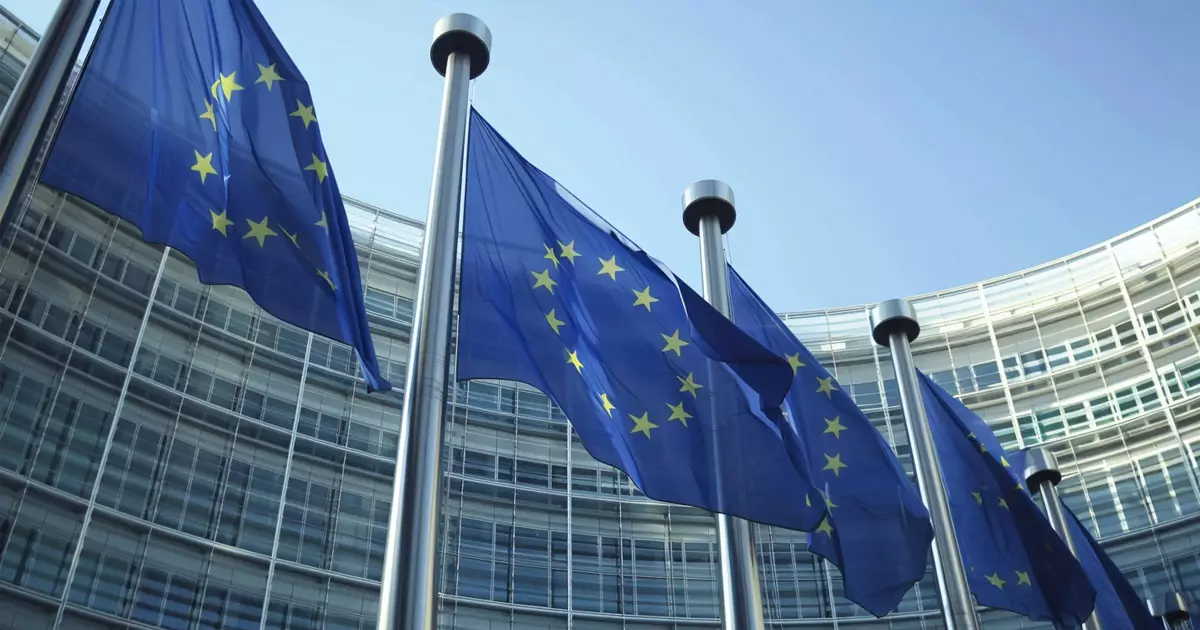Since its introduction in 2020, the European Union’s Markets in Crypto-Assets (MiCA) regulation has shifted perceptions about Europe’s role in the rapidly evolving world of cryptocurrency. Traditionally seen as a reactive player in the global crypto scene, Europe is now positioned to take a leading role in shaping the future of digital assets. This shift is significant not just locally but on a global scale, as it could set precedence for how other jurisdictions regulate the crypto industry.
The MiCA framework aims to create a comprehensive and enforceable set of standards for cryptocurrencies, which will ultimately foster an environment conducive to innovation while ensuring consumer protection. With regulatory clarity, businesses may feel more inclined to develop and launch innovative products that align with these new standards. However, as the crypto market continues to mature, the transition to compliance will not be without its challenges.
A significant moment illustrating the regulatory pressure was when Coinbase announced its plan to delist stablecoins that do not meet MiCA’s criteria by the end of 2024. Such a move affects major stablecoins like USDT, showcasing the immediate impact of regulatory compliance. In response, Tether stated that it would devise a “technology-based solution” to address compliance issues, a vague yet essential hint about the industry’s need for innovative methodologies to meet regulatory demands.
Despite the evolving landscape, many companies have struggled to present compliant solutions that can match the security, stability, and efficiency demanded by regulators. As the deadline for MiCA compliance draws nearer, there will be a growing urgency for crypto firms to align their operations with the new regulations, which could propel innovation—if they can overcome the hurdles before them.
The regulatory journey of MiCA bears a striking resemblance to the European Union’s General Data Protection Regulation (GDPR), which rolled out in 2016. Initially met with skepticism, GDPR has established itself as the gold standard for data privacy and security globally. MiCA is on a similar trajectory; if executed effectively, it could reshape the crypto landscape in Europe and inspire other regulatory bodies worldwide.
What MiCA aims to do is provide a “single passport” for compliance, eliminating the previously fragmented regulatory environment that characterized the European market. This uniformity will enable stablecoins and other digital assets to operate seamlessly across member states, reducing barriers while encouraging crypto participation in various sectors. Thus, MiCA has the potential to unify a previously disjointed European crypto market under rigorous and transparent standards, much like GDPR has done for data security.
The MiCA framework does not merely aim for better regulation; it also seeks to confront several issues that have plagued cryptocurrencies. From criminal activity to misinformation, the reputation of the crypto sector has suffered, which has discouraged widespread adoption. By mandating that crypto providers clearly communicate risks to investors and improve overall transparency, MiCA endeavors to enhance consumer trust in the digital asset ecosystem.
The framework requires stablecoin issuers to ensure complete transparency regarding their reserves, addressing long-held concerns about solvency and stability. Tether’s commitment to crafting its own technological solution in response to these mandates may represent the beginning of a necessary reform wave in the stablecoin market. Without a solid regulatory framework, innovation can often stagnate; however, with strong guidelines and requirements in place, companies may find themselves compelled to adapt and innovate more proactively.
As MiCA prepares to take full effect by 2026, its influence may extend beyond Europe, serving as a model for regulatory frameworks globally. Much like GDPR has inspired data protection laws in other jurisdictions, MiCA could prompt international regulators to rethink how they approach the crypto sector. A successful MiCA rollout could lend credibility to the crypto market, making it more appealing for traditional businesses to enter the fold.
Furthermore, MiCA’s requirements for transparency and consumer protection could lead to increased investment, talent acquisition, and innovation within the EU’s crypto sector. The focus on compliance may ultimately create a more competitive marketplace, attracting global players interested in tapping into a secure and robust European crypto landscape.
MiCA is not just a regulatory burden; it is a pioneering framework that has the potential to shape the future of the crypto industry in Europe and beyond. As organizations align their operations with the new rules, the industry could emerge stronger, more sustainable, and considerably more secure. With countless companies already gearing up for compliance, the upcoming years promise a transformative wave—one which Europe could lead, thereby redefining the global narrative surrounding cryptocurrency.

